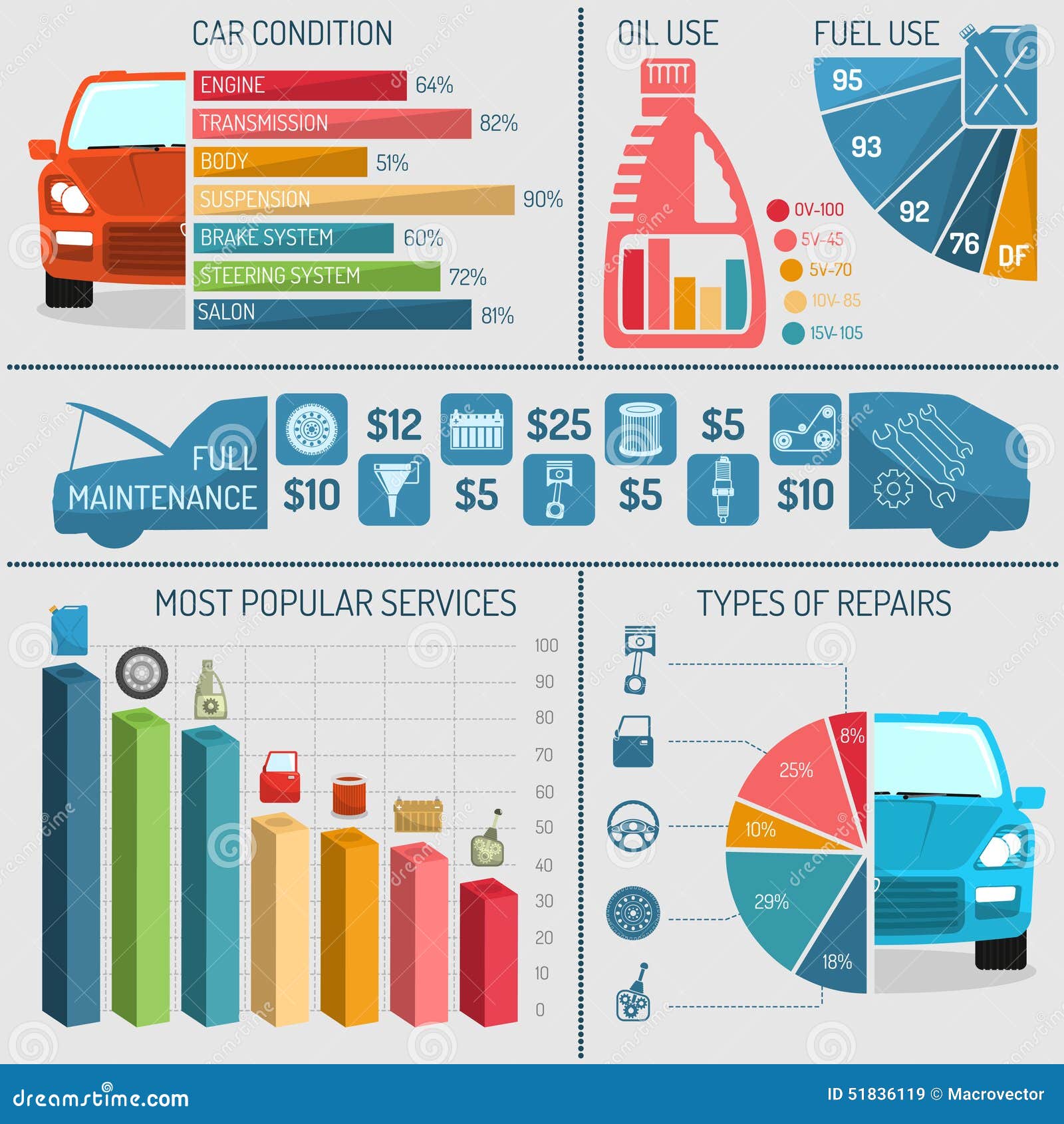Decoding Your Car'S Caution Indicators: What They Absolutely Indicate
Decoding Your Car'S Caution Indicators: What They Absolutely Indicate
Blog Article
Web Content By-Higgins Alvarado
When you're behind the wheel, those beautiful caution lights on your dashboard can be a bit complicated. Do you know what they're trying to tell you regarding your cars and truck's health? Understanding the relevance of these lights is crucial for your safety and the long life of your car. So, the next time among those lights appears, would not you intend to decode its message precisely and take the essential steps to address it?
Common Caution Lights and Interpretations
Determine common warning lights in your cars and truck and understand their definitions to make sure safe driving.
The most normal caution lights include the check engine light, which indicates concerns with the engine or exhausts system. If car detailing service begins, it's vital to have your lorry checked without delay.
The oil pressure advising light suggests reduced oil pressure, requiring instant focus to avoid engine damages.
A flashing battery light might recommend a damaged charging system, possibly leaving you stranded if not attended to.
The tire stress surveillance system (TPMS) light signals you to reduced tire pressure, influencing vehicle stability and gas effectiveness. Ignoring this might cause hazardous driving conditions.
The abdominal muscle light indicates a problem with the anti-lock braking system, compromising your capability to stop rapidly in emergency situations.
Last but not least, the coolant temperature advising light warns of engine getting too hot, which can cause severe damage otherwise resolved quickly.
Understanding these typical caution lights will help you address issues promptly and keep safe driving problems.
Value of Prompt Interest
Comprehending the common warning lights in your car is just the very first step; the importance of without delay resolving these warnings can not be stressed enough to ensure your security when driving.
When a caution light brightens on your dashboard, it's your vehicle's means of interacting a prospective problem that needs focus. Ignoring these cautions can bring about extra extreme issues in the future, endangering your security and possibly costing you a lot more in repairs.
Prompt attention to warning lights can avoid malfunctions and mishaps. As an example, a flashing check engine light might indicate a misfire that, if left ignored, can cause damage to the catalytic converter. Addressing this promptly can save you from a costly repair service.
Similarly, a fantastic read alerting light could indicate reduced brake fluid or used brake pads, important parts for your safety and security when driving.
DIY Troubleshooting Tips
If you observe a caution light on your dashboard, there are a couple of do it yourself repairing ideas you can try prior to looking for expert assistance.
The very first step is to consult your cars and truck's guidebook to recognize what the certain warning light suggests. Occasionally the problem can be as simple as a loose gas cap activating the check engine light. Tightening the gas cap may settle the trouble.
One more common issue is a low battery, which can cause numerous alerting lights. Examining the battery links for corrosion and ensuring they're protected may take care of the trouble.
If a caution light continues, you can try resetting it by separating the automobile's battery for a couple of mins and then reconnecting it. In addition, inspecting your vehicle's liquid degrees, such as oil, coolant, and brake liquid, can help troubleshoot alerting lights related to these systems.
Verdict
To conclude, understanding your cars and truck's caution lights is necessary for keeping your lorry running smoothly and safely. By promptly dealing with these notifies and knowing what they imply, you can avoid pricey fixings and potential breakdowns.
Keep in mind to consult your car's handbook for certain information on each advising light and do something about it accordingly to make certain a trouble-free driving experience.
Stay informed, stay risk-free on the road!
